Carcinogenesis
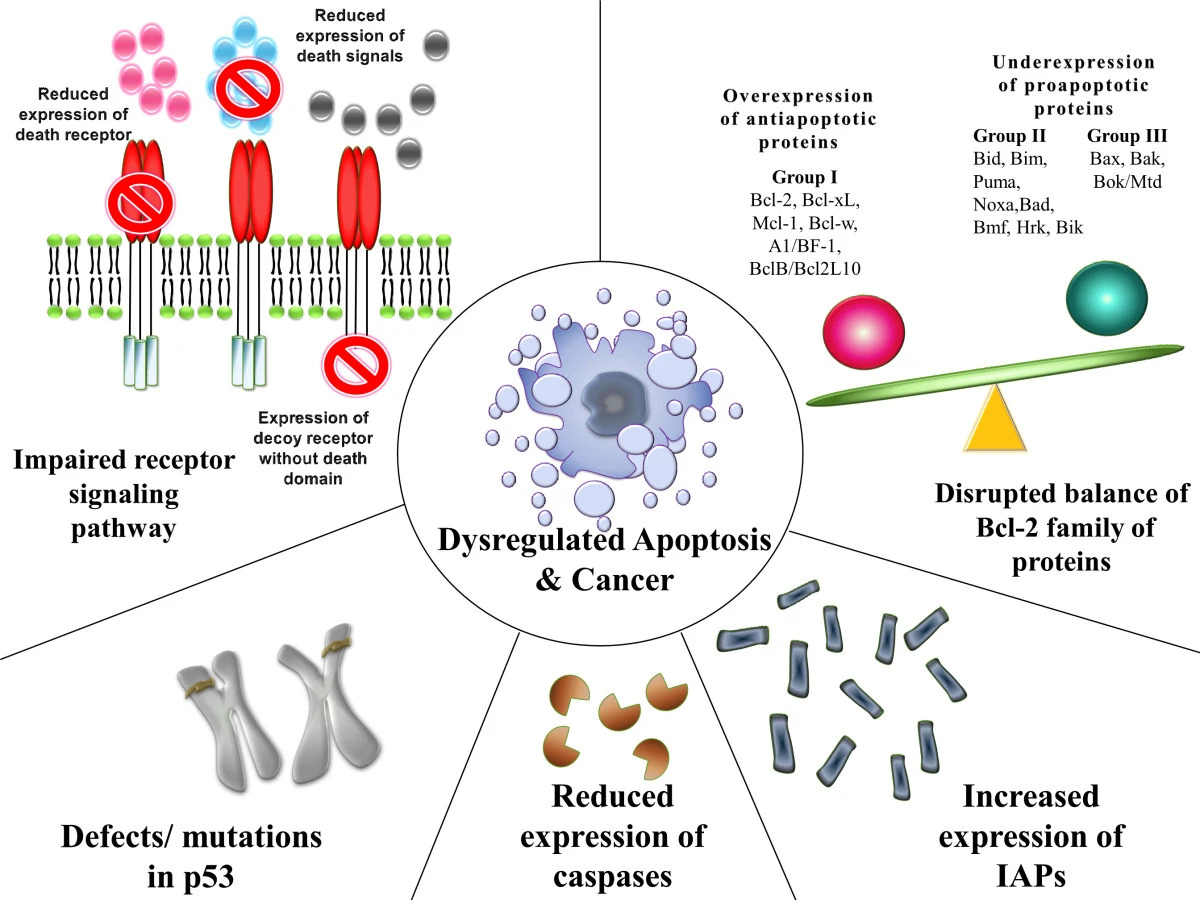
DNA-Damaging Agents Overview Chemical carcinogens Radiation Infections Pathogenesis Overview Cellular changes Regulatory Genes There are 4 classes of normal regulatory genes that are often damaged. Cancer Subtypes Type of cell Common cancers Clinical Relevance References
Renal Cell Carcinoma
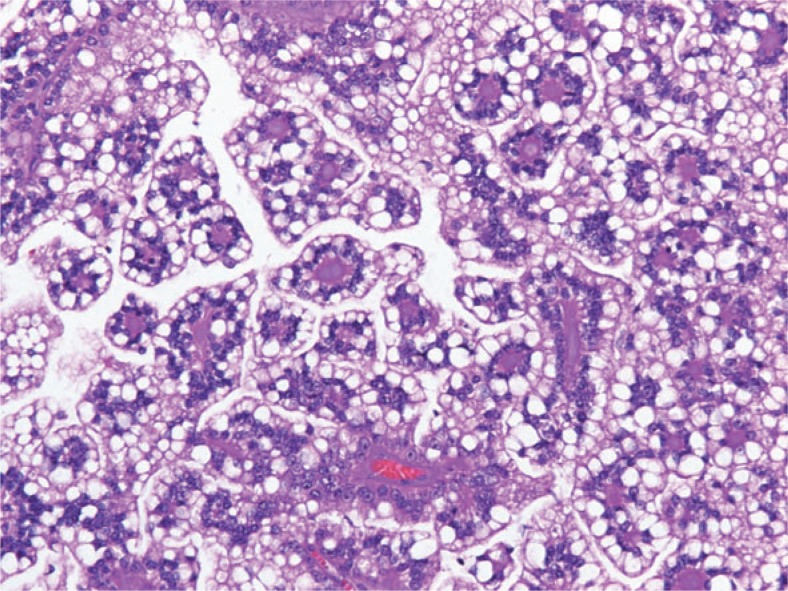
Overview Definition Renal cell carcinoma (RCC), also called hypernephroma and renal cell adenocarcinoma, is a type of cancer that originates from the lining of the small tubules of the renal cortex. Epidemiology Accounts for 80%–85% of all primary renal neoplasms Incidence is highest in North America and the Czech Republic: In North America, RCC is […]
Hepatocellular Carcinoma (HCC) and Liver Metastases
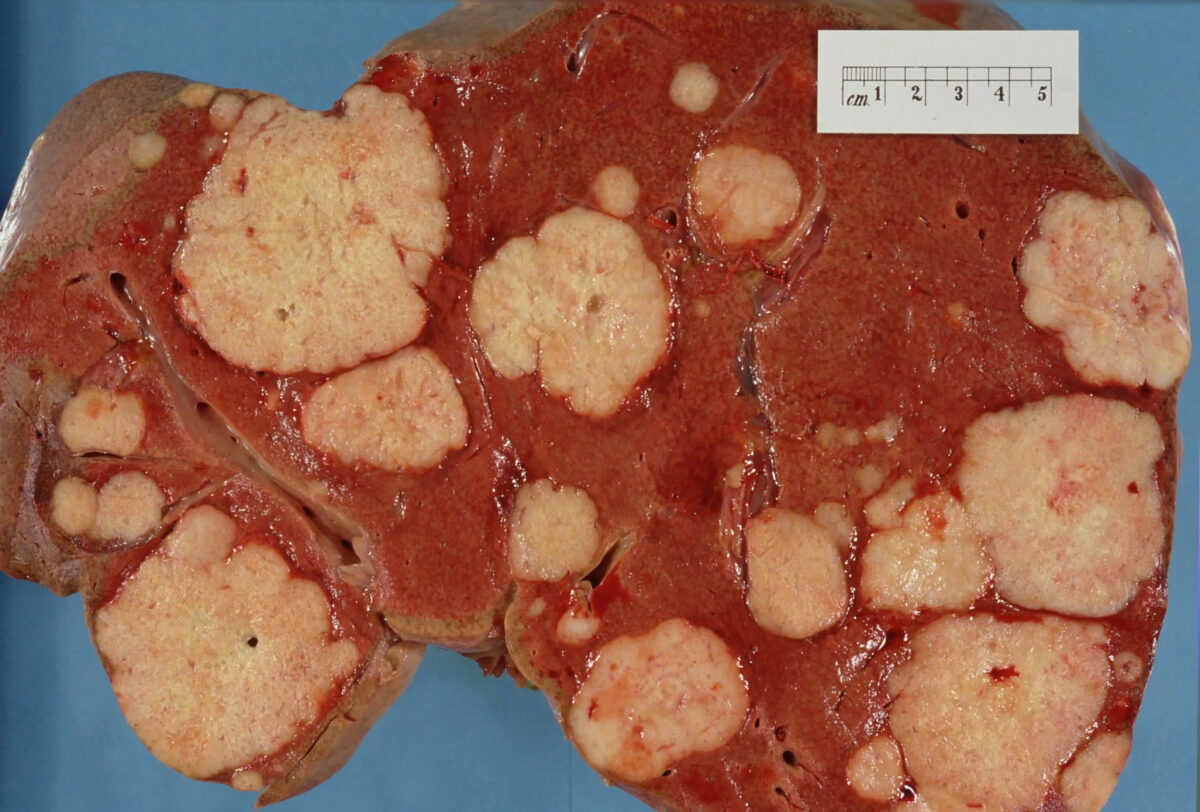
Epidemiology and Etiology Epidemiology Risk factors Cirrhosis: One-third of patients with cirrhosis will develop HCC during their lifetime, including those caused by: Other: Pathogenesis and Pathology Pathogenesis Precursor (premalignant) lesions Hepatocytes show “large-cell change” and “small-cell change” with abnormal architecture (thick trabeculae) microscopically. Hepatocellular carcinoma (HCC) Gross appearance: Microscopic appearance: Clinical Presentation Four possible clinical […]
Rare Malignant Liver Tumors
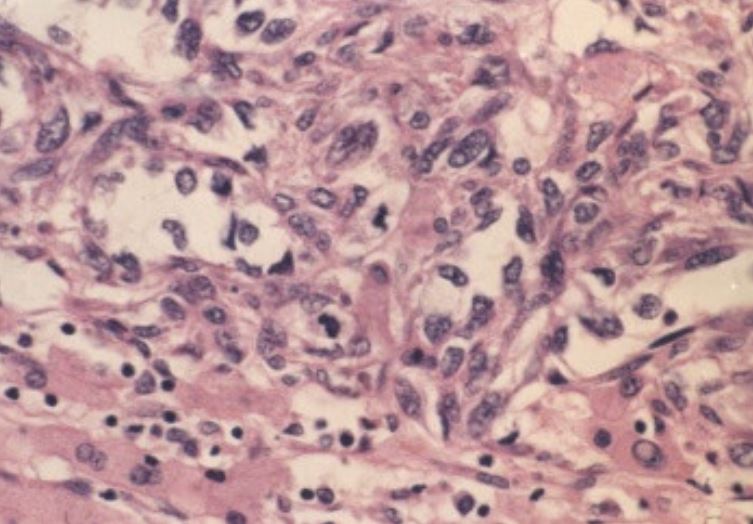
Cholangiocarcinoma Epidemiology and etiology Pathogenesis and risk factors Genetic disorders: Toxins: Cholangiocarcinoma is associated with work in the following industries: Precursor/pre-malignant lesions: Other causes: Pathology Clinical presentation Diagnosis Cholangiocarcinoma may be detected incidentally on imaging or may present with symptoms. Laboratory tests: Imaging: Management Prognosis Hepatoblastoma Epidemiology and etiology Pathogenesis and risk factors Pathology Clinical […]
Acute Lymphoblastic Leukemia
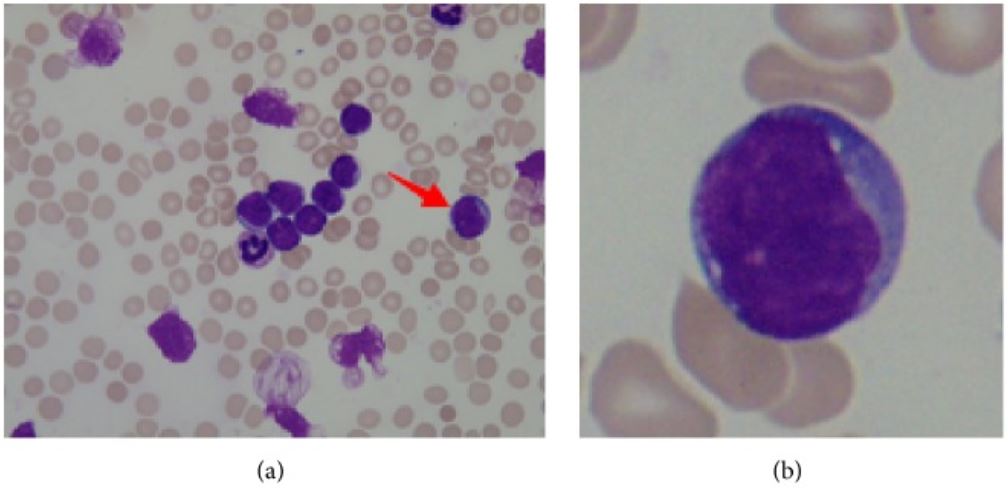
Overview Definition Acute lymphoblastic leukemia/lymphoma (ALL/LBL) are hematologic malignancies characterized by the pathological proliferation of lymphoid precursor cells (primarily the B and T cell lineages)in the bone marrow, with subsequent displacement of other blood cell precursors. Classification WHO system 2016 (supersedes the French-American-British classification): B cell ALL/LBL (B-ALL/LBL) subclassified based on molecular and cytogenetic features: […]
Acute Myeloid Leukemia
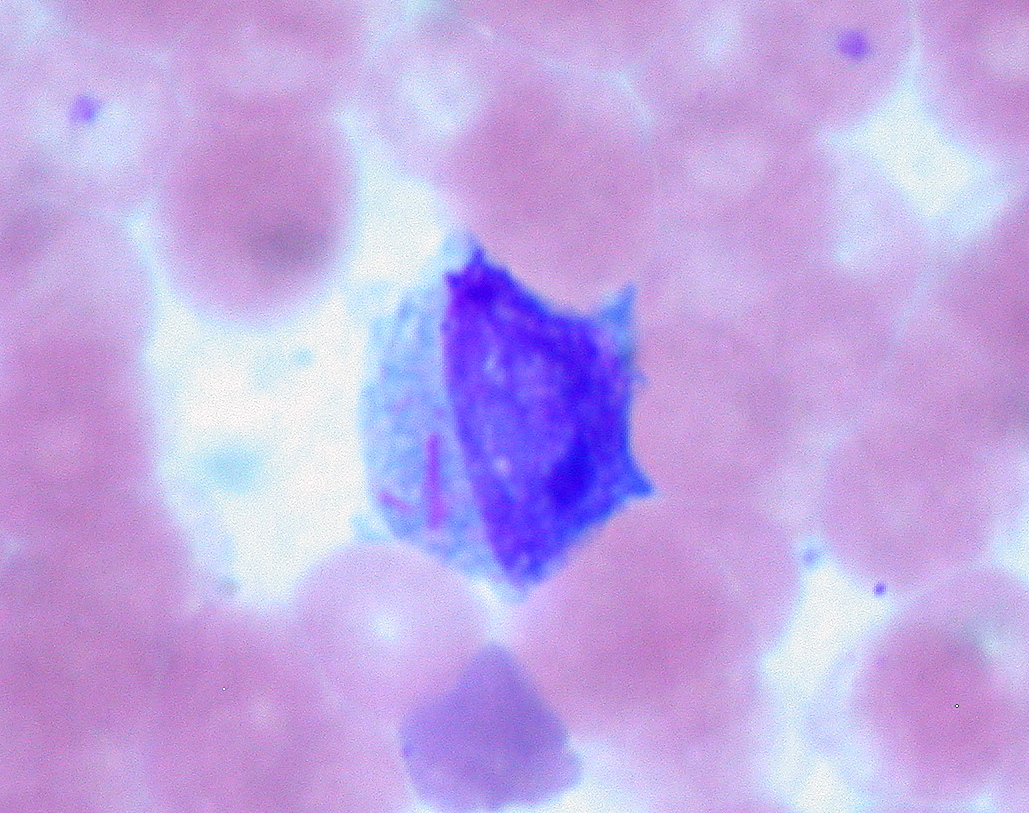
Overview Definition Acute myeloid leukemia (AML) is a hematologic malignancy characterized by the pathological proliferation of myeloid precursor cells in the bone marrow and subsequent displacement of other blood cell precursors. Classification The World Health Organization (WHO) classification system is based on multiple factors, including morphology, genetics, and clinical features: AML with recurrent genetic abnormalities […]
Testicular Cancer
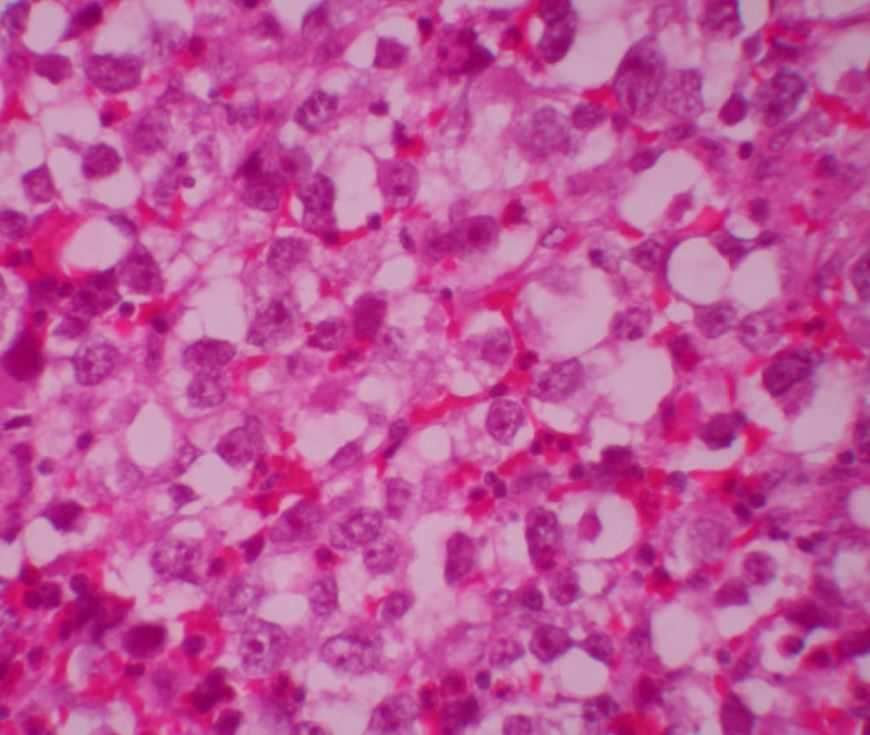
Overview Epidemiology Testicular neoplasms are the most common tumor in men 15–35 years of age: Germ cell tumors (GCTs) comprise 95% of all testicular cancers. Most commonly presents as localized seminoma in about 50% of cases Only 10%–30% of patients will have metastatic disease. Annual incidence in the United States: 6 in 100,000 men: Incidence […]
Neuroblastoma
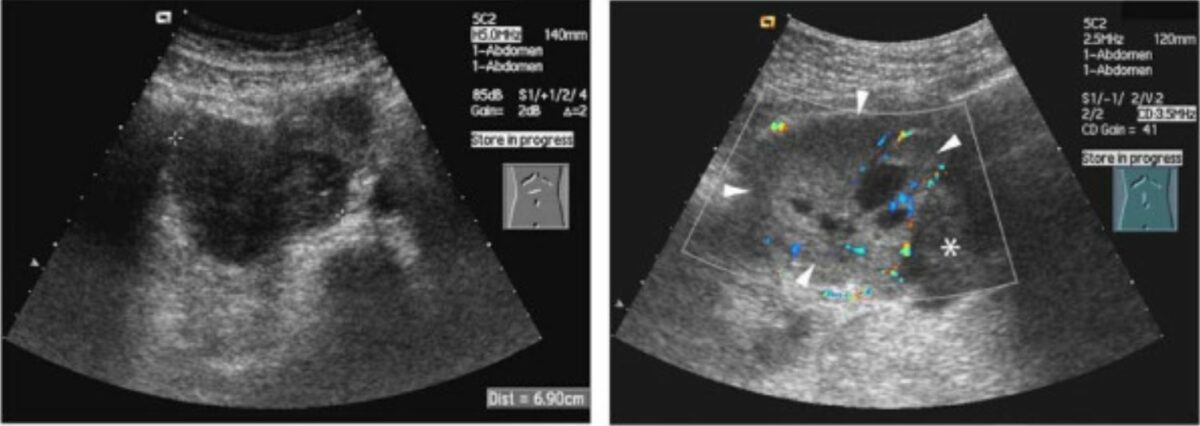
Overview Definition Neuroblastoma, an extracranial malignant solid tumor, is a neuroendocrine malignancy originating from sympathetic nervous system stem cells (neuroblasts). Classification of nervous system tumors Table: Classification of nervous system tumors Categories Specific tumors Neuroepithelial tumors in the CNS Astrocytomas, including glioblastoma multiforme Oligodendroglioma Ependymoma and choroid-plexus tumors Medulloblastomas (embryonal tumors) Meningeal tumors Meningiomas Hemangioblastomas […]
Oral Cancer
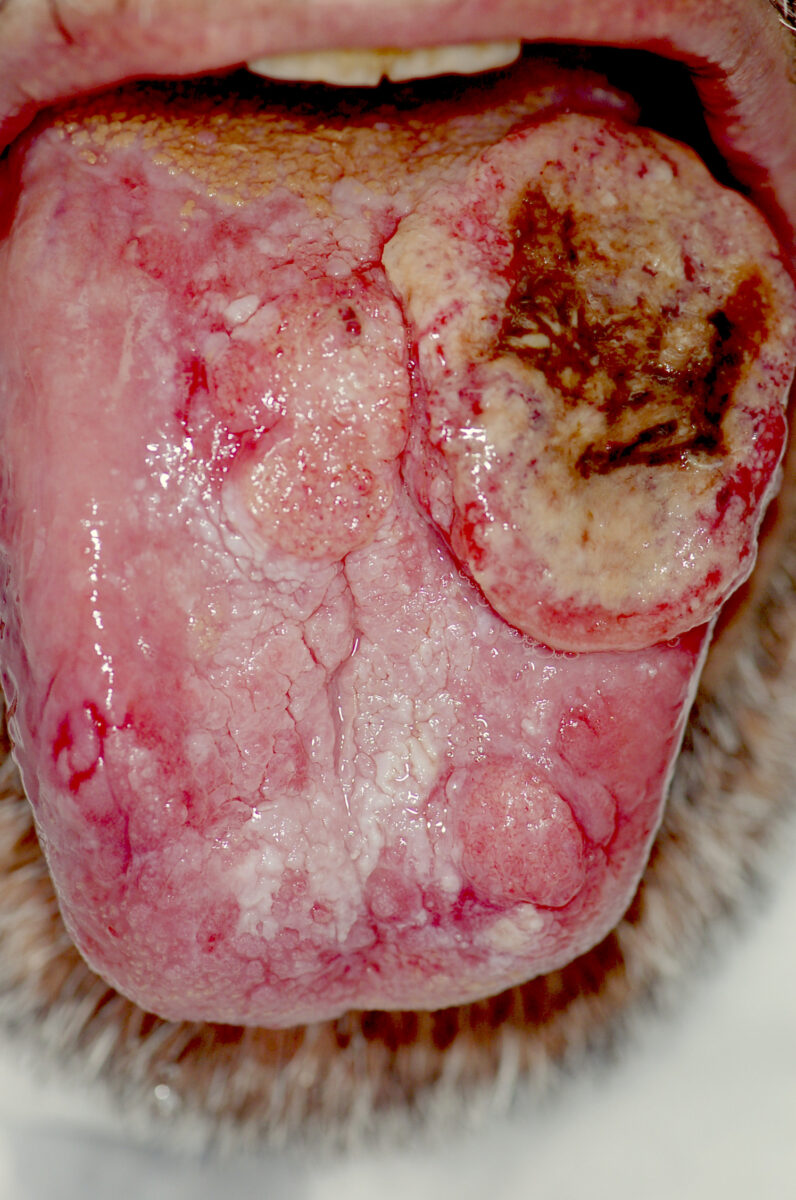
Epidemiology and Etiology Epidemiology Etiology Pathophysiology Clinical Presentation Mnemonic Biopsy is recommended for suspicious oral lesions lasting 3 or more weeks: Diagnosis Diagnostic approach Staging Table: Staging of oral cancer Stage Description 0 TisN0M0 (in situ or cancer limited to epithelium) I T1N0M0 (lesion ≤ 2 cm and without node involvement or distant spread) II […]
Hemangioblastoma
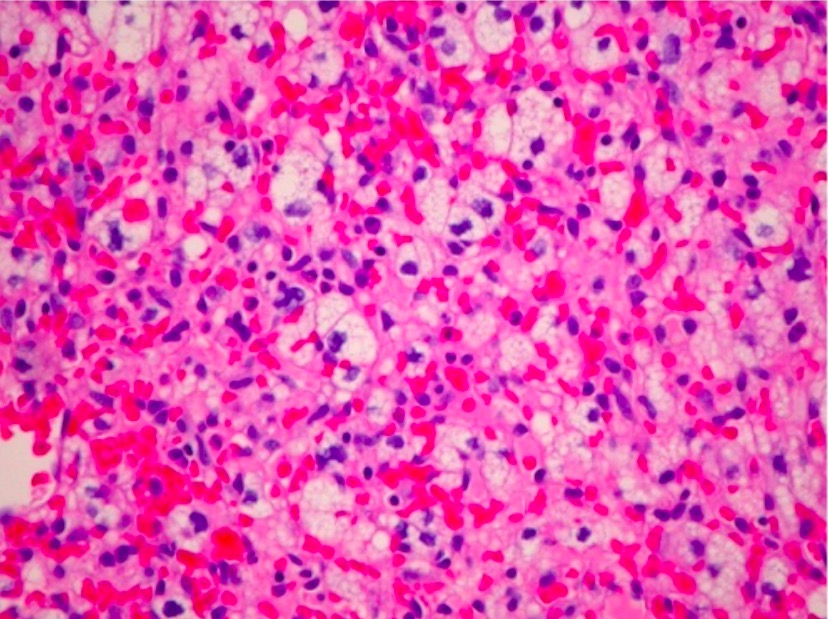
Overview Definition Hemangioblastomas are rare, slow-growing, benign, highly vascular neoplasms of the CNS that have a high association with von Hippel-Lindau disease (VHL), which is an autosomal dominant condition characterized by a variety of benign and malignant tumors. The tumors are most commonly found in the cerebellum. Hemangioblastomas are often found in the parenchyma attached […]